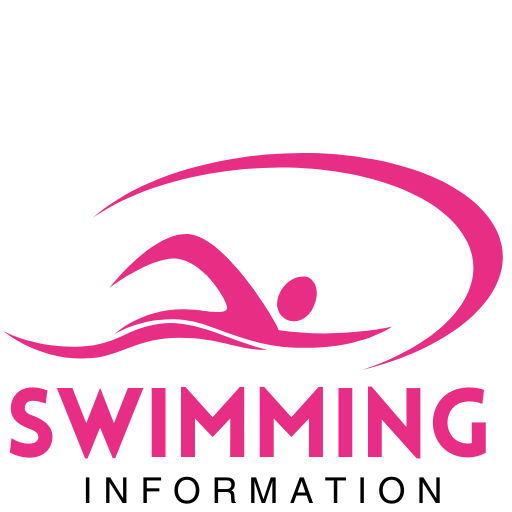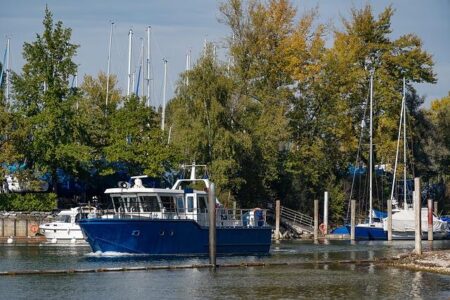The Three Rivers Health District has issued a recreational swimming advisory for Hoskins Creek and the Rappahannock River following a recent sewage discharge, the Virginia Department of Health announced today. Officials are urging residents and visitors to avoid swimming or engaging in water activities in the affected areas until further notice, citing potential health risks associated with contaminated water. The advisory underscores ongoing concerns about water quality and public safety in the region as authorities work to assess and address the situation.
Three Rivers Health District Alerts Public to Sewage Contamination in Hoskins Creek and Rappahannock River
The Three Rivers Health District has issued a recreational swimming advisory for Hoskins Creek and the Rappahannock River following recent reports of sewage discharge affecting water quality. Elevated bacteria levels in water samples indicate a potential health risk, prompting officials to urge residents and visitors to avoid swimming, wading, or any direct contact with the affected waterways until further notice. The advisory is part of ongoing efforts to safeguard public health while investigations continue into the source and extent of the contamination.
Key Recommendations for Residents and Visitors:
- Avoid all recreational water activities in Hoskins Creek and the Rappahannock River
- Keep children and pets away from impacted areas
- Wash thoroughly if contact with contaminated water occurs
- Monitor updates from the Virginia Department of Health for changes in advisory status
| Location | Last Tested | Bacteria Level (CFU/100mL) | Advisory Status |
|---|---|---|---|
| Hoskins Creek | April 25, 2024 | 450 | Advisory Active |
| Rappahannock River (near Ferry Landing) | April 25, 2024 | 520 | Advisory Active |
Health Risks and Environmental Impact of Sewage Discharge in Popular Recreational Waters
The recent sewage discharge into Hoskins Creek and the Rappahannock River has raised significant concerns about both public health and environmental safety. Exposure to contaminated water can lead to a variety of health complications, including gastrointestinal illnesses, skin infections, and respiratory issues. Children, the elderly, and individuals with weakened immune systems are particularly vulnerable. The presence of harmful bacteria, viruses, and protozoa such as Escherichia coli and Enterococcus in the water poses a direct risk to swimmers and those engaging in other recreational activities. Health officials strongly advise avoiding contact with the affected waters until advisories are lifted.
Beyond immediate health threats, the environmental impact of untreated sewage in these waterways is profound. Nutrient overload from sewage discharge often results in algal blooms, which deplete oxygen levels, disrupting aquatic ecosystems and threatening fish populations. The table below summarizes key environmental concerns linked to sewage contamination in recreational waters:
| Impact Category | Description | Potential Consequences |
|---|---|---|
| Pathogen Spread | Introduction of harmful bacteria and viruses | Waterborne illnesses in humans and animals |
| Eutrophication | Excessive nutrients stimulate algal growth | Oxygen depletion, fish kills |
| Habitat Degradation | Pollutants alter sediment and water quality | Loss of biodiversity, altered food webs |
To protect community health and preserve these natural resources, authorities are monitoring water quality closely and urging residents to stay informed through official channels.
Guidelines and Precautionary Measures for Swimmers and Boaters Advised by Virginia Department of Health
Swimmers and boaters are strongly urged to adhere to several important safety protocols while visiting the affected areas of Hoskins Creek and the Rappahannock River. The Virginia Department of Health recommends avoiding direct contact with the water, especially for individuals with open wounds, compromised immune systems, or pre-existing health conditions. It is vital to thoroughly wash any exposed skin with clean water and soap following potential water exposure. Additionally, avoid swallowing the water during recreational activities to minimize the risk of gastrointestinal illnesses linked to sewage contamination.
Key precautionary measures include:
- Avoid swimming or wading in discolored or foul-smelling water zones
- Keep children and pets away from water edges and mudflats
- Use designated boating ramps and avoid beaching boats in contaminated shorelines
- Report symptoms such as nausea, vomiting, diarrhea, or skin rashes promptly to a healthcare provider
| Activity | Recommended Action | |
|---|---|---|
| Swimming | Avoid until advisory is lifted | |
| Boating | Use launch points; avoid water contact | |
| Fishing | Safe; wash hands before eating | |
| Pet Interaction | Pet Interaction | Keep pets away from water edges; wash pets if exposed |





